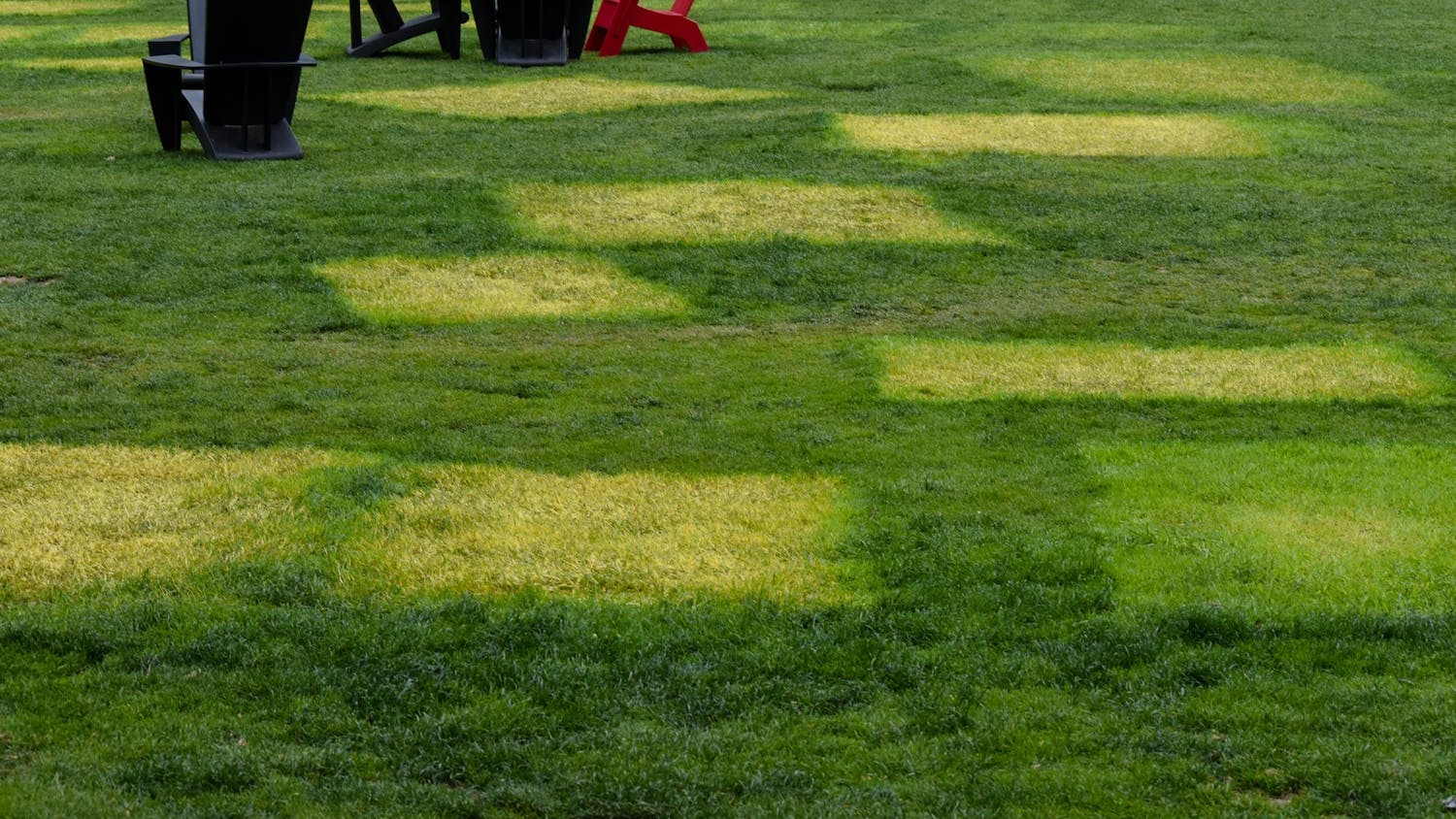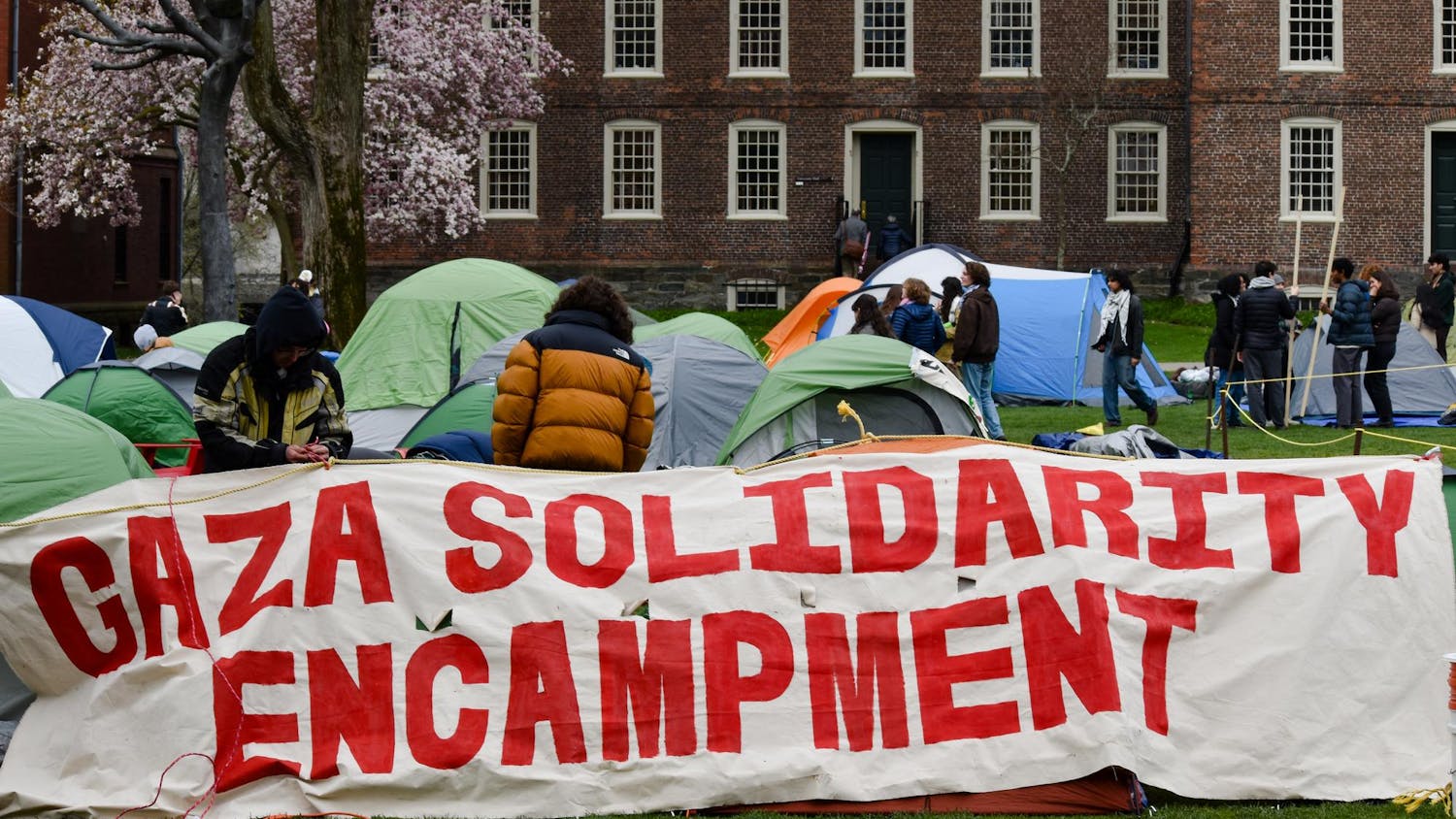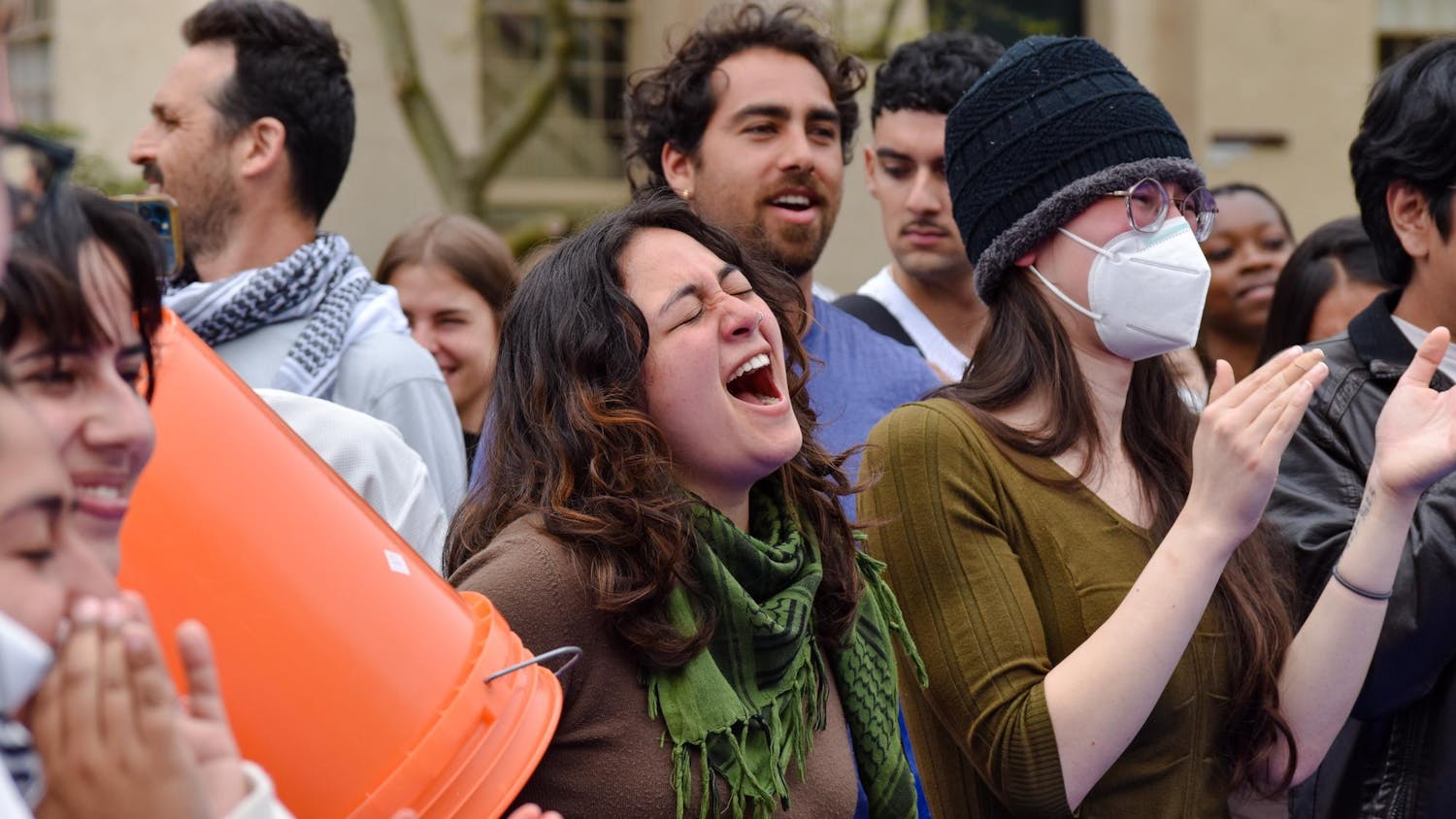The University's planning department and Sasaki, a Boston-based design and planning firm, are currently in the information-gathering stage of a year-long effort to determine Brown's planning needs.
Sasaki was hired by President Christina Paxson and Provost Mark Schlissel P'15 to work with the Committee on Reimagining the Brown Campus and Community, one of six groups created as part of a strategic planning process started under Paxson, said Russell Carey '91, executive vice president for planning and policy and chair of the committee.
"What we wanted from Sasaki was the kind of planning that gives us a fine-grained assessment of what our academic needs are," Paxson said. The data-driven approach of the design firm was also impressive, she added.
"The goal of our study was to understand the president's mission as she's described it to the University, and to understand what that means in a physical planning sense," said Ricardo Dumont, one of the Sasaki partners heading the project.
The planning committee and Sasaki are spending a semester gathering information and reviewing existing data about campus use, Carey said. By integrating information from the Brown community and the administration, as well as financial information from the University's chief financial officer, Sasaki hopes to "link the physical planning side of the University to the academic mission and to the financial wherewithal of the University," Dumont said.
Sasaki will be designing two programs, slated to be released in January or earlier, which will help the firm gather information about campus use, Dumont said.
The smartphone app My Campus will ask students, faculty and staff questions about where they spend their time, such as "Where do you socialize? Where do you eat? What are the best places for studying? Where do you live?" Dumont said.
Using the app, members of the Brown community can write in answers and insert pushpins on a 3-D map of campus. The entire process will take about 15 minutes and will allow the firm to correlate and analyze information about space use and movement through campus, Dumont said. Sasaki has used similar programs at other universities in the past and received a large response, he added.
The second program will ask faculty, graduate students and postdoctorates where they work, with whom they collabore with and which departments should neighbor each other, in order to map "faculty adjacencies," Dumont said. This information will then be mapped on a 3-D galaxy diagram and superimposed on a map of campus to see if space is being used effectively.
The next phase of the project will include testing the information on community members to see if it matches their perceptions. Through a series of forums, students will be called upon to outline their hopes for the University and share what they consider to be its guiding tenets, Dumont said.
In April or May, the planning committee and Sasaki will present the information they gather to the Corporation, Carey said. Ultimately, Sasaki hopes to pinpoint the key principles that define Brown as an institution, which will then help guide the University through the next decade or more of planning, Dumont said.
Examples of projects aided by previous University planning efforts in the last 10 years include the renovation of Metcalf Hall and the creation of the Walk between Waterman and Angell streets, Carey said. Previously, the space now occupied by the Walk was a series of adjacent alleyways and parking lots, and information gathered by the planning committee established that many students used the space as a shortcut.
"Part of orienting the Walk was to take advantage of where people were walking anyway and make better use of it, make it safer, make it brighter, make it more green and have the potential to then organize academic buildings like the (Perry and Marty Granoff Center for Creative Arts) around that," he said.
The current project hopes to address issues like Brown's continuing plans for the Knowledge District, which is already home to the Alpert Medical School, the building for Continuing Education and others, Carey said. In all, there are about a thousand members of the Brown community working in the district, he said.
"Planning can adapt and change and answer those new questions on the horizon," Dumont said.




